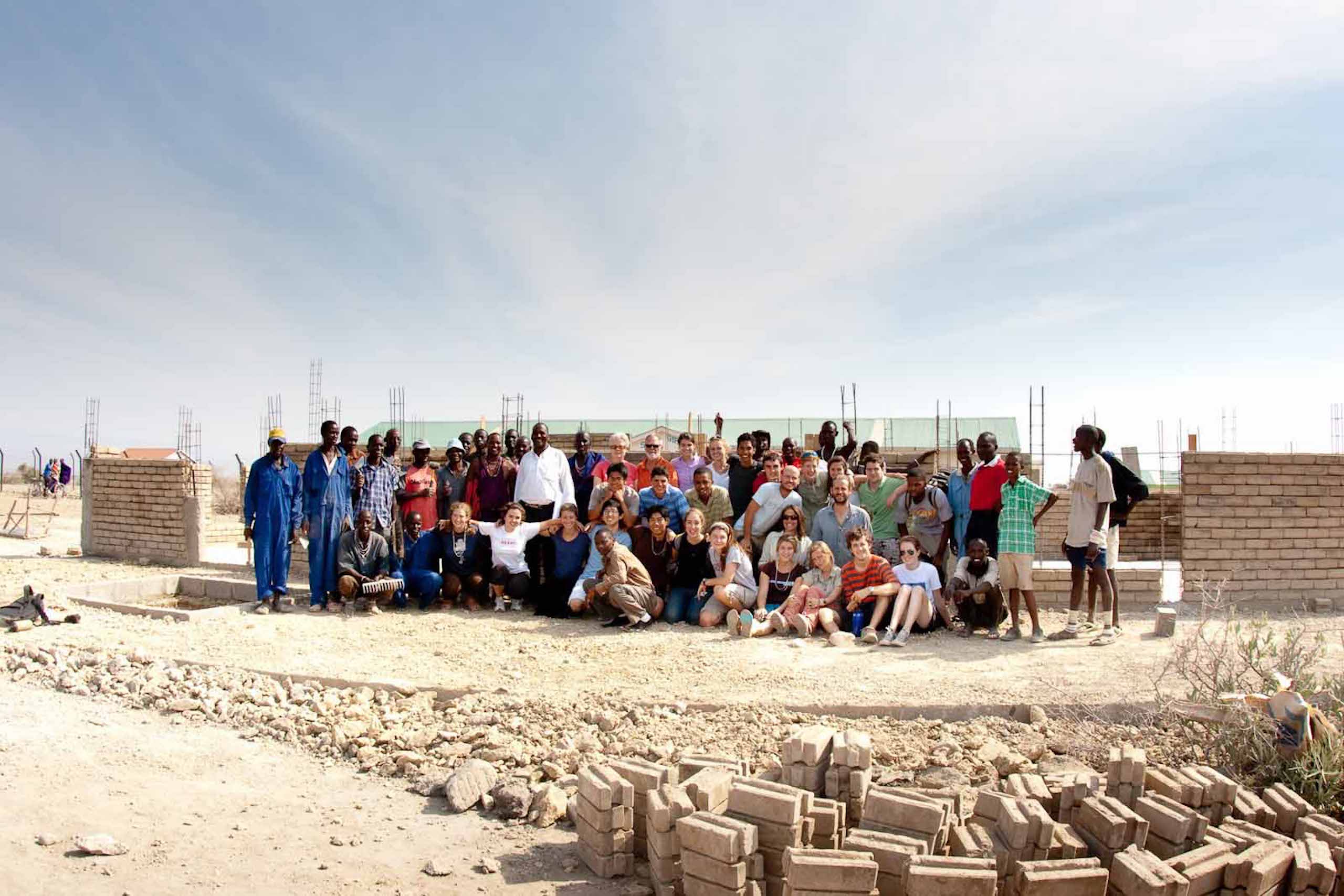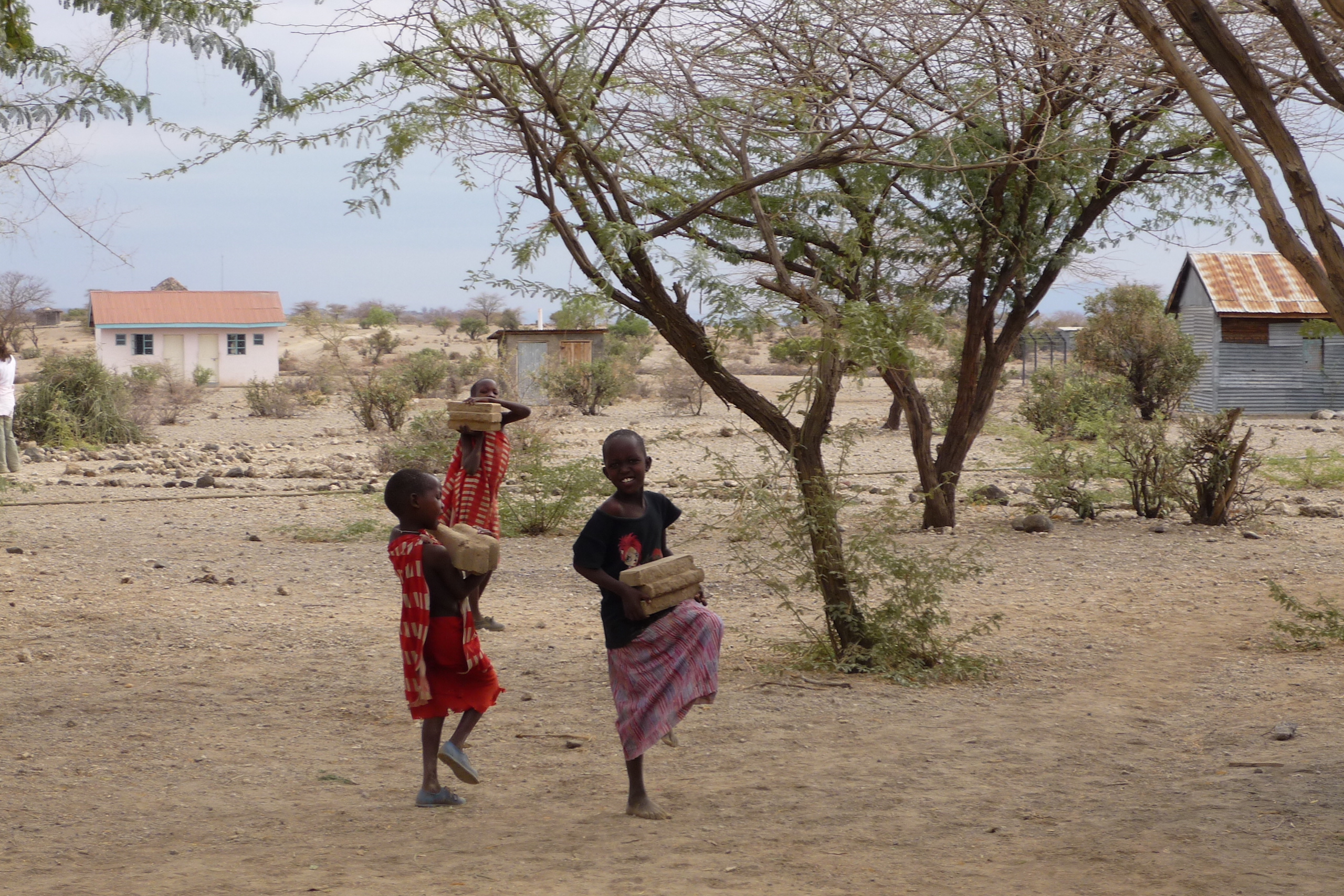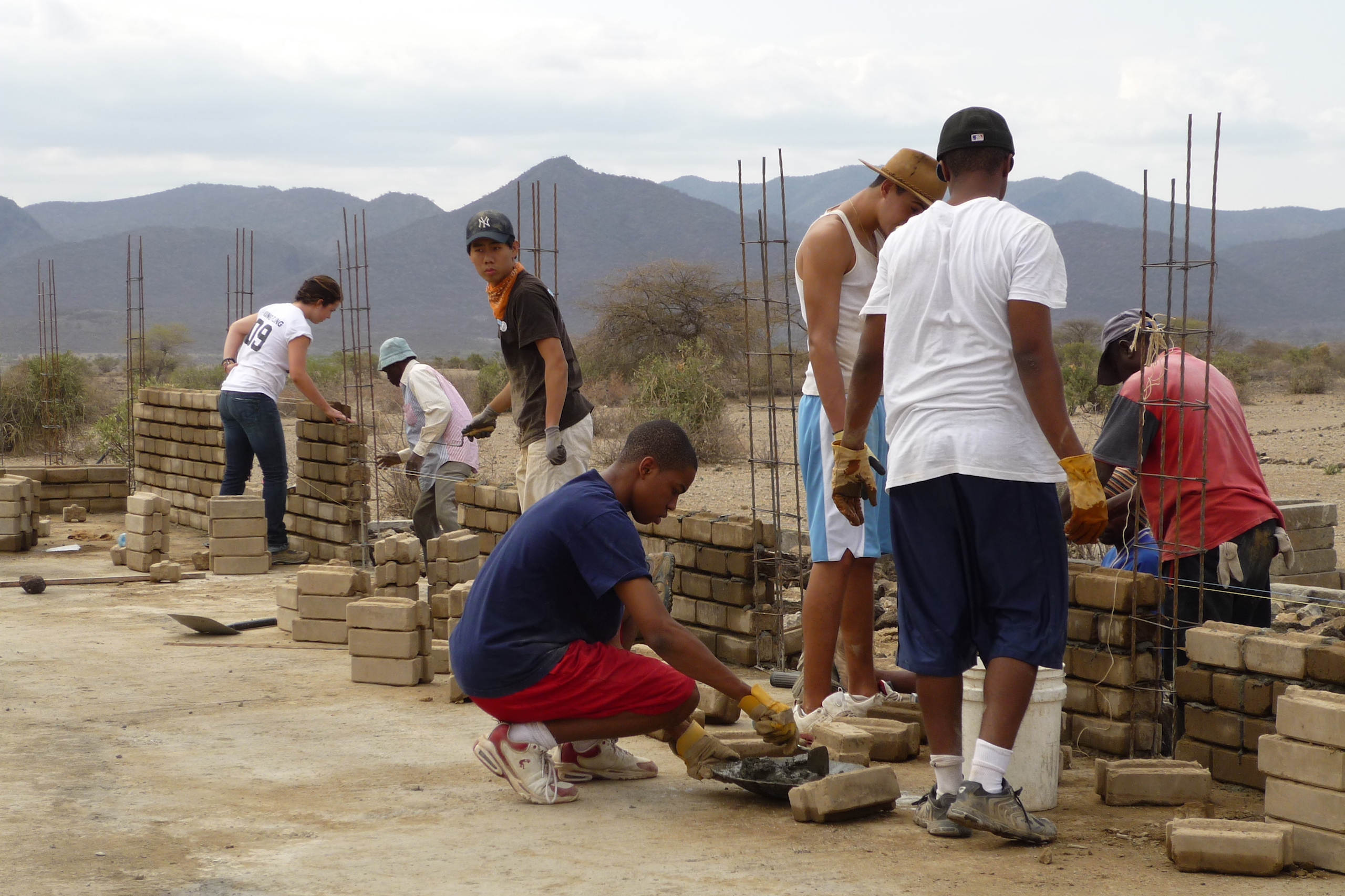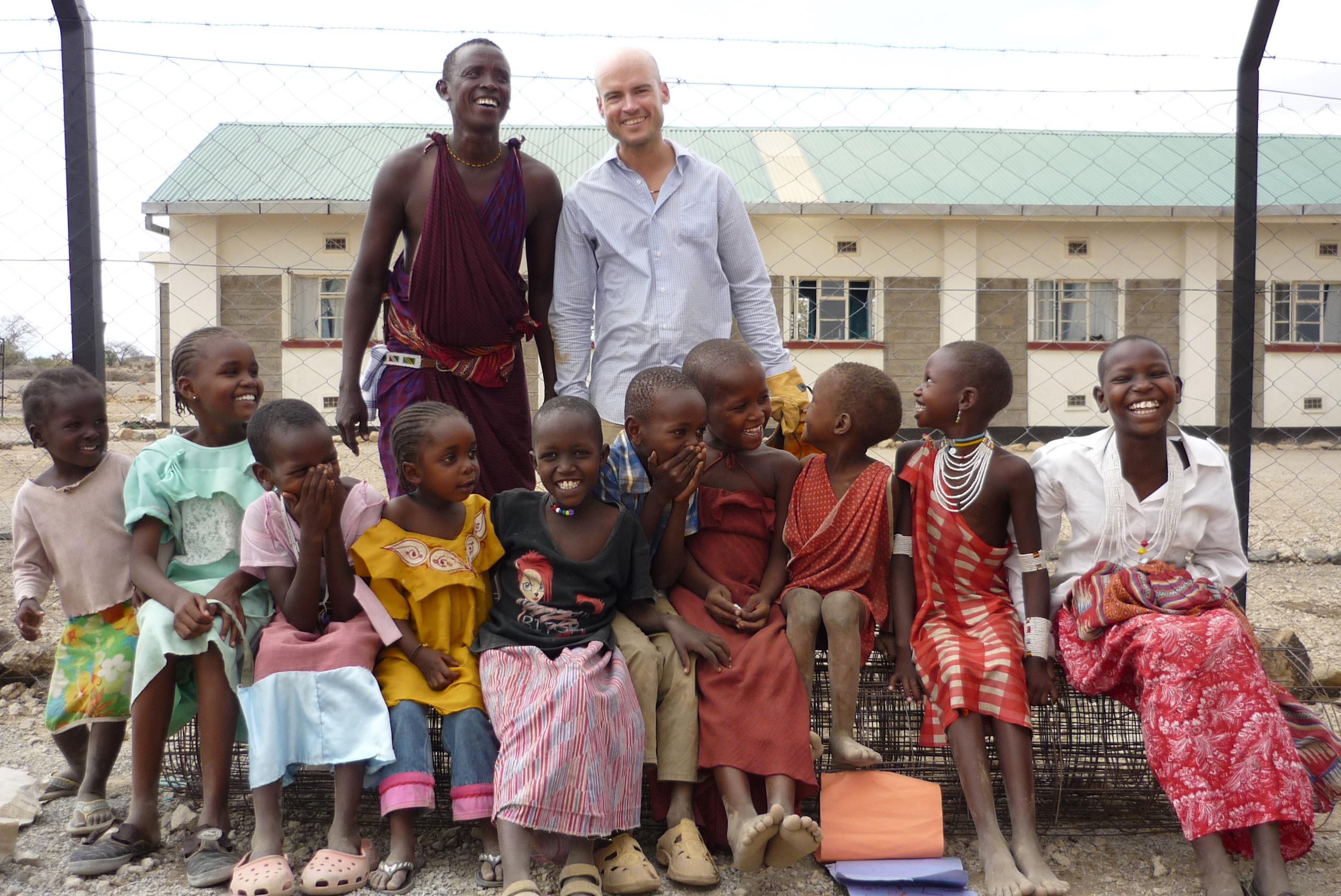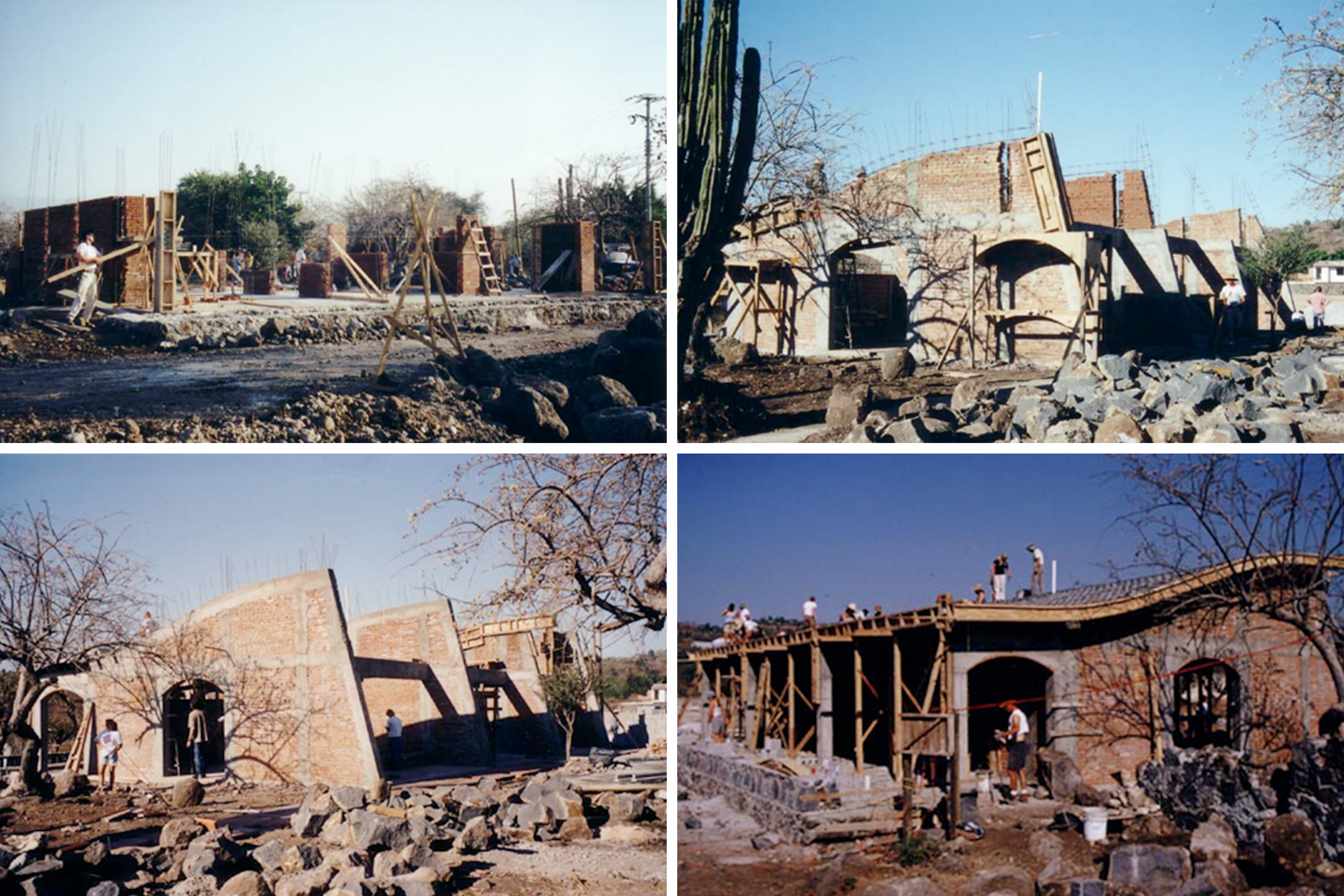Do Good Architecture
Kenya, Africa
Joya del Agua, Mexico
Havana, Cuba
“Most architects end up working for the wealthiest two percent of society, which leaves 98 percent of the people without architecture.” — Steve Badanes, professor and co-founder of BaSiC Initiative.
As architects, we have an inherent responsibility to care for the natural and human world. I have worked with the student design-build workshop BaSiC Initiative, building a farmer’s marketplace in Havana, Cuba and a children’s library in Cuernavaca, Mexico. I have most recently worked with The World Leadership School to design and build a school pavilion located in Oloika, Kenya.
These community design projects, because of their inherent budget restraints, often break new ground in the effort to build economically and ecologically. The buildings must rely on low-tech environmental systems such as rain water cisterns and natural ventilation techniques. These systems may have once been a part of a community’s heritage, but have been lost over time. Rediscovering these technologies is a wonderful community journey back to its roots.
In Kenya, we developed a sustainable construction model for the community with Compressed Earth Block wall construction. In Cuernavaca, we provided natural daylight and ventilation, heat insulation, and water collection all within a concise, innovative design of four walls and a curving roof. In Havana, we harvested large timber bamboo onsite to create structural columns.
The work is not simply about donating buildings to communities in need. It is about finding unique solutions that emerge from a specific community, culture and environment. When design solutions draw on appropriate technologies that reinforce local values, self-initiated development often continues long after the project is complete.

